Hygrophila
pinnatifida
(Pictures: Stefan Hummel / Chris Lukhaup)
Hygrophila pinnatifida is an extraordinary stem plant from India
There are many reasons to travel to the southwestern tip of India. Wonderful sandy beaches, delicious and often vegetarian food, very friendly people, hotspot for yoga and Ayurveda, or the extensive network of waterways of the "backwaters" that you can explore with a houseboat. For us, of course, the fascinating botany was the incentive for a trip to Kerala.
The state of Kerala is roughly the size of Switzerland with many different landscapes. The Western Ghats form the mountainous part with beautiful cultural landscapes as well as unspoilt wilderness. The highest elevation reaches an impressive 2695m. With our Indian friends we drove many kilometers in a few days to experience as much botany as possible.
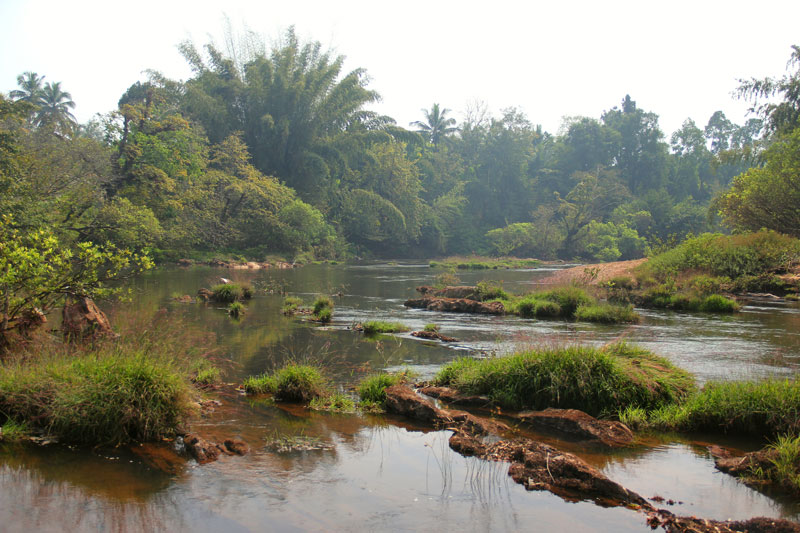
To get to the southernmost point of distribution of Hygrophila pinnatifida in the neighboring state of Karnataka, we had to drive to the very north of Kerala. It is much drier in this region than in the central and southern part of Kerala.
|
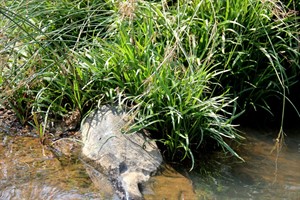
What looks like grass from a distance, is Cryptocoryne spiralis on closer inspection
|
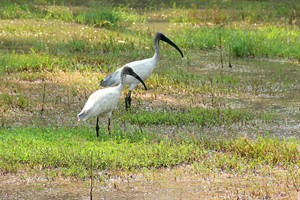
We repeatedly come across native species, here the black-headed Ibis
|
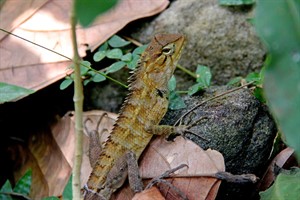
Be careful of some reptiles like the cobra snake, this agame is rather harmless and shy
|
This extraordinary stem plant has only been on the market for a few years and we were full of expectation how this graceful beauty would grow in the natural location.
In a small stream bed we found a dense stand growing both in the shade and in the sun:
|
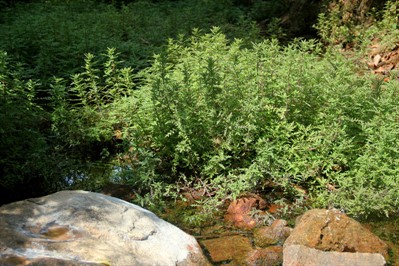
stony brook bed with Hygrophila pinnatifida,
the height was approx. 60-70 cm
|
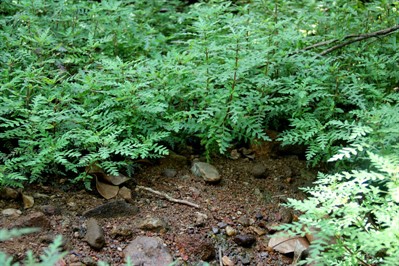
The ground is sandy with small to larger stones made of quartz and laterite
|
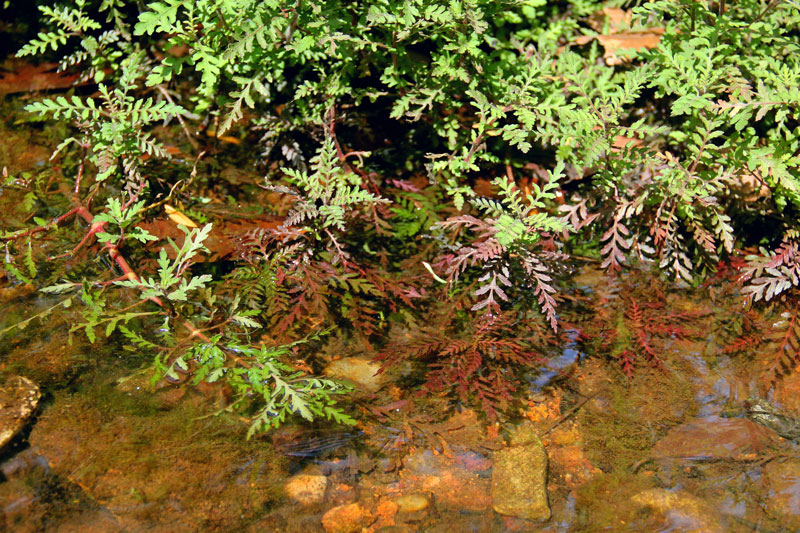
The color in the sunlight under water is fantastic red, in the shade the submerged stems grow in a rich dark green.

The smaller stream ran very little water and most of the plants only stood in the moist laterite soil. In the rainy season this habitat will certainly change with high water levels and stronger currents.
Hygrophila pinnatifida is a special stem plant! It grows upright, or creeping on the ground and even as a rheophyte rooting on stones and wood. Plants that colonize stones and roots in fast-flowing streams or rivers are known as rheophytes. Extremely strong water currents occur briefly after violent tropical thunderstorms. With strong adherent roots, the rheophytes have optimally adapted to these conditions.
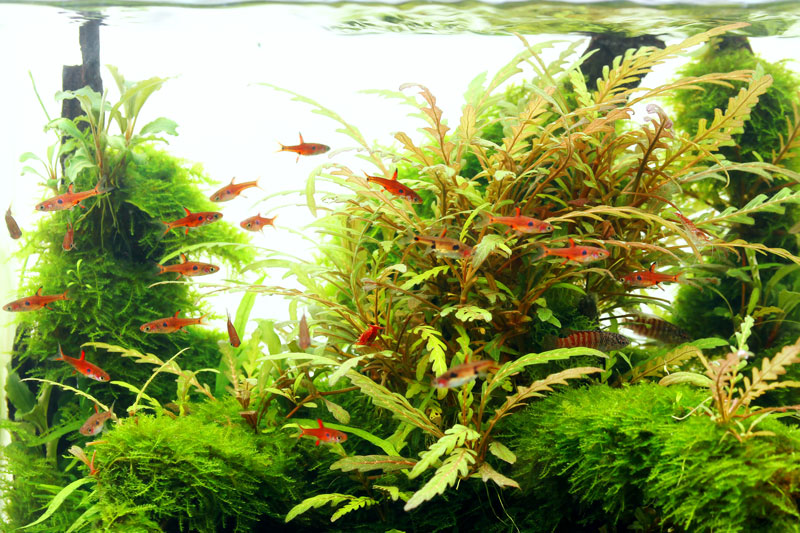
Many aquascapers have made use of this property in beautiful aquarium landscapes.
By pruning more frequently, you can encourage the Hygrophila pinnatifida to grow more compact.
Many small side shoots develop, which continue to grow very well on roots or stones. Due to this property, this Hygrophila species is ideally suited for smaller aquariums such as Nano Cubes:
|
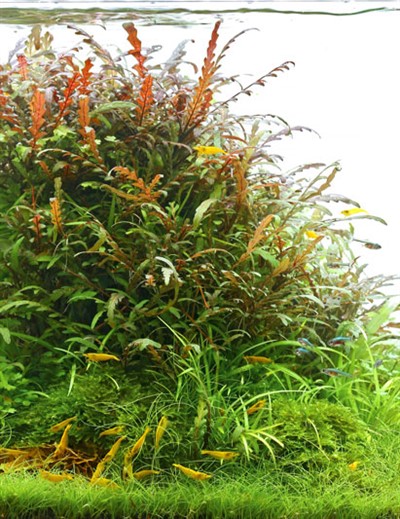
20L Nano Cube
|
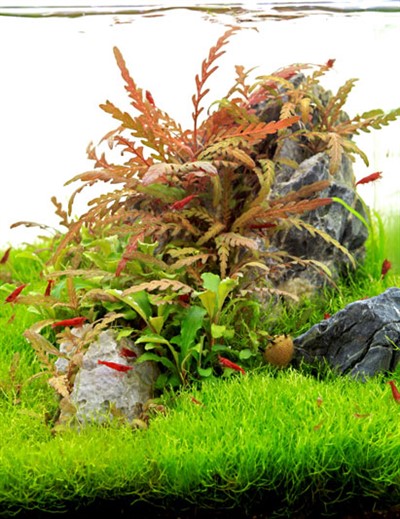
20L Nano Cube
|
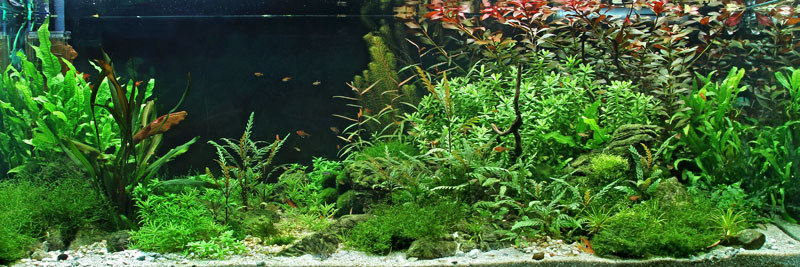
But the Indian beauty is also a real asset in large aquariums. Due to the relatively slow growth, it is not as maintenance-intensive as other fast-growing stem plants.
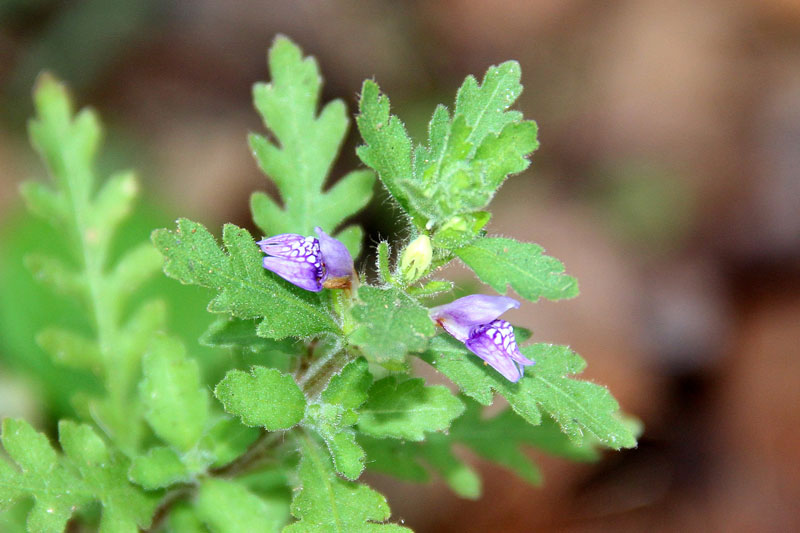
Typical Hygrophila flower from the Acanthaceae family - the fine hairs of the emersed leaves can also be clearly seen.
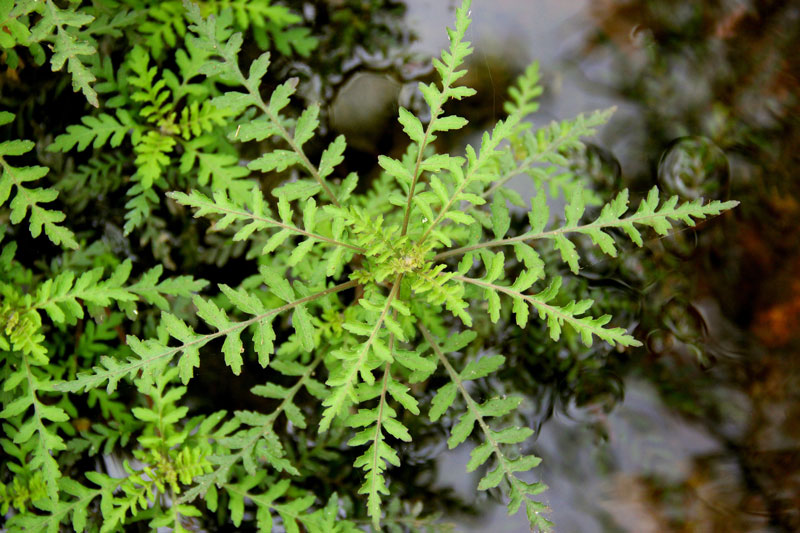
Ornamental foliage of the Hygrophila pinnatifida
It is always an experience to explore aquarium plants in their natural habitat!
Back to List